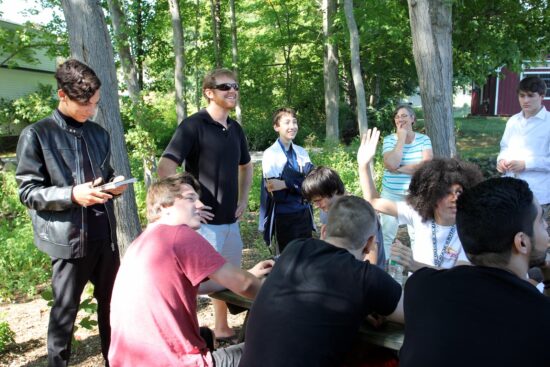April 6, 2021
By Helen Waldron, founder and principal at Waldron Education
Summer is the time to mitigate the COVID learning slide
While the far-reaching impacts of the COVID-19 pandemic are affecting almost every aspect of life, one area hit particularly hard is education. When school resumes, it seems reasonable to expect two things: students will have made varying degrees of progress academically, and some version of a “COVID slide” will occur. We know there is variability in learning loss over the summer break, but adding in COVID interruptions, many students are experiencing unprecedented gaps in their education.
The term, COVID slide, was introduced by Dr. Megan Kuhfeld and Dr. Beth Tarasawa in a recent policy brief, connecting the expected slip in progress due to COVID-19 with the established “summer slide” phenomenon. According to the brief, educators and administrators should draw from their understanding of how summer breaks impact learning in their efforts to gauge the pandemic’s effect and this is an important consideration for parents.

Summer is a welcome time for a break from traditional schooling, but it doesn’t have to be a break from learning. Attending a summer program that offers an academic curriculum, mixed with summer fun like hiking, swimming, sports and field trips, is needed now more than ever. Over the course of 5-6 weeks, a solid summer learning program can offer about 70 hours of learning and an abundance of recreational opportunities. Here are few additional reasons to consider a summer program this year:
1. Social emotional learning—the American School Counselors Association suggests that students who have been remote and hybrid learning need more guidance and focus on whole self care. This refers to the integration of mental, emotional, physical and spiritual well being. Many students have experienced a significant level of disruption to their lives and will benefit from an opportunity to make new friends and build a solid extended support network. Exploring interests in a summer session can build a positive self image while also increasing grit and resilience. Many programs are ‘sleep away’ or summer boarding schools allowing adequate space for developing independence and self determination.
2. A sense of normalcy—in person summer programs offer a daily dose of human connection, something we are all craving. Teens in particular need social connection after the isolation caused by the pandemic. While programs will take the needed precautions for health and safety this summer, the daily schedule and routine provided in these environments will get our children off their screens and engaging in live conversations and activities with peers.

3. A chance to explore new interests while strengthening learning—In person learning provides more compelling opportunities to engage and explore new areas of interest in a more relaxed summer environment. Daily coursework can keep students moving the needle on their own learning and make up for some of the loss experienced in the past year.
Three months or so from now, we’ll send our kids back to school for another year of learning. With that in mind, why wait until September when there are many summer programs in session, in person this summer? This is our chance to build on new skills developed during time at home and to share with peers beyond the two-dimensional computer screens. We want to reignite student passion for deep learning, rebuild some of the excitement and engagement in school for students.
Local Resources:






















